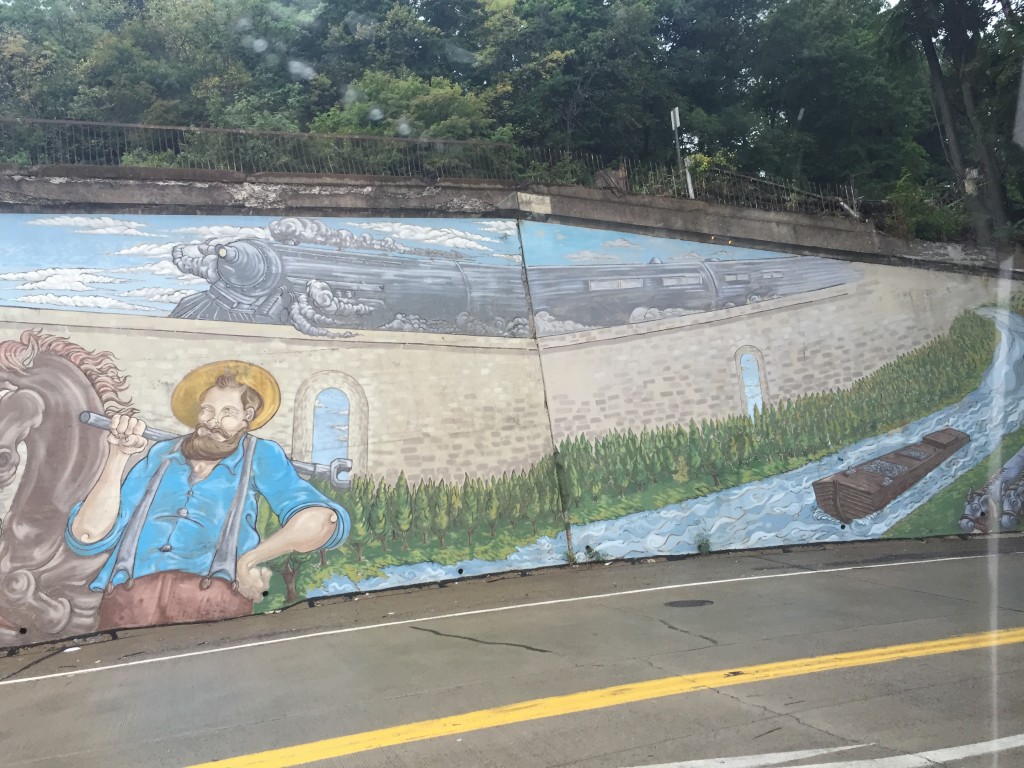I first heard this song at a music festival in Prague where Ibeyi (“twins” in the West African language, Yoruba) performed. I was immediately enchanted by the simple beauty of this song and the warmth of the flowing harmonies. Upon more listenings of this song, I began to induce meaning from the lyrics and instrumentals, alike. After our kayaking trip and river readings, I began to find even more meaning in these lyrics. For reference, here are the lyrics:
Come to you river
I will come to your river
I will come to you river
Come to you river
(Wash my soul)
I will come to your river
(Wash my soul)
I will come to your river
(Wash my soul again)
Carry away my dead leaves
Let me baptize my soul with the help of your waters
Sink my pains and complains
Let the river take them, river drown them
My ego and my blame
Let me baptize my soul with the help of your waters
Those old means, so ashamed
Let the river take them, river drown them
[Yoruban Outro]:
Wemile Oshun
Oshun dede
Alawede Wemile Oshun
Moolowo beleru yalode moyewede
Unfortunately, I cannot find the Yoruba translation for the last verse, so I’ll just focus on the english parts. The song talks about cleansing, “baptizing,” and asking the river to wash away negativity such as “pains and complains.” There is definitely something pure about rivers, regardless of their actual chemical purity. The phrase “baptize my soul” makes me think about Abbey’s “Down the River” because he seems to experience a sort of spiritual awakening and soul cleansing during his journey down the Colorado River where time becomes irrelevant, and civilization just a dream. Both the song and “Down the River” invoke the feeling that experiencing rivers is necessary for human cleansing and peace. The river can “carry away my dead leaves” in a literal sense if leaves are falling from trees and in a metaphorical sense if the leaves are the stagnant remnants of society hanging from the limbs of one’s soul.
The music itself, without the words, also describes the personality of rivers. The pounding drum beats are the rocks which shape the river flow of the river as the drum beats shape the song. The consistent harmonies in the background are the constant flow and dynamism of the river. The vocals on top of the simple backbeat is the variation in bird sounds, insect sounds, waterfalls, etc. which one also encounters while on the river. Notice the vocal melody is dynamic, but does repeat throughout the song. Each bird voice is unique, yet aligns with the other bird voices around it, creating a repetitive tune. The outro is completely different than the song before it, symbolizing that a river can change pace and personality changing from completely calm to rocky rapids.

